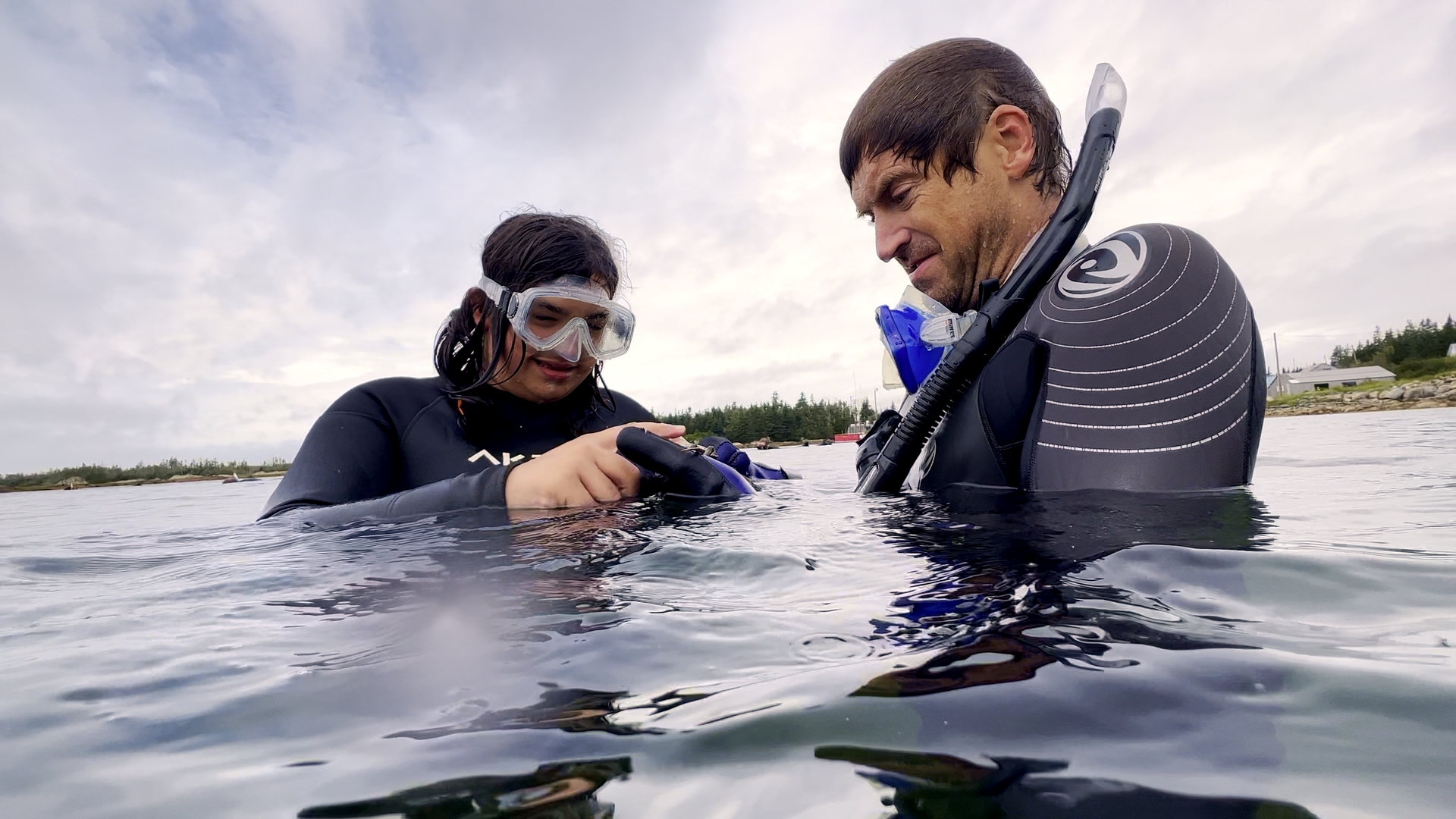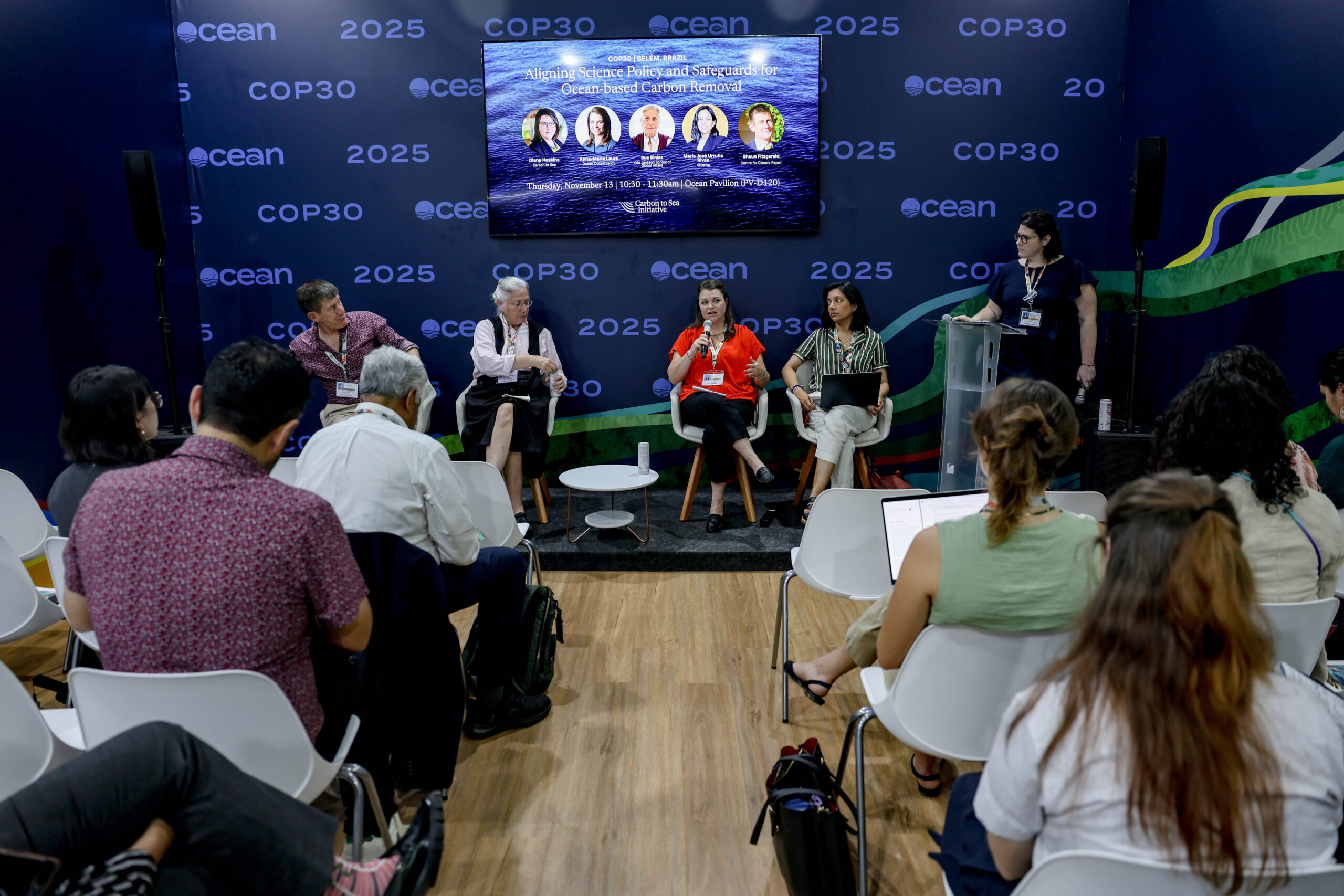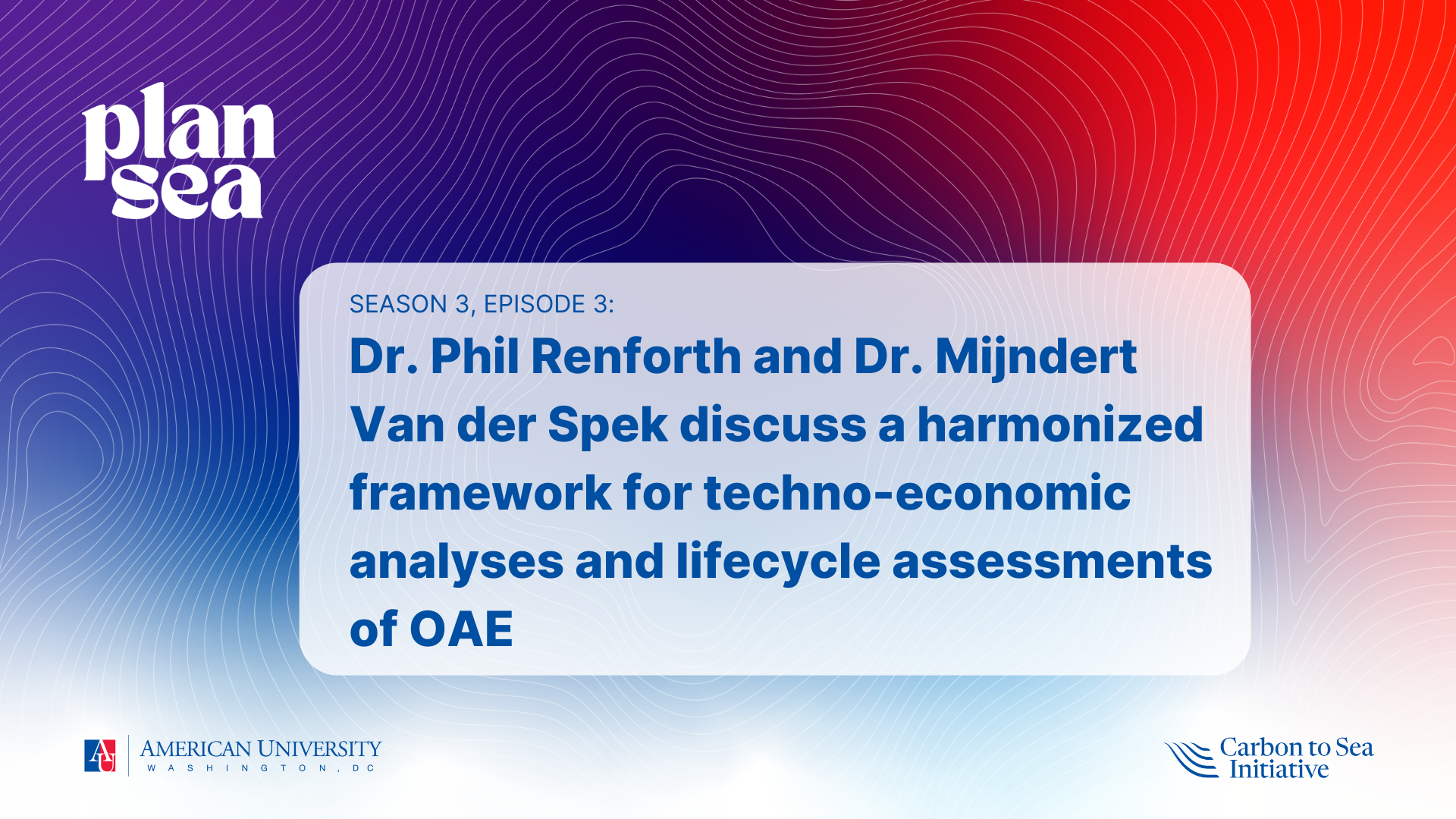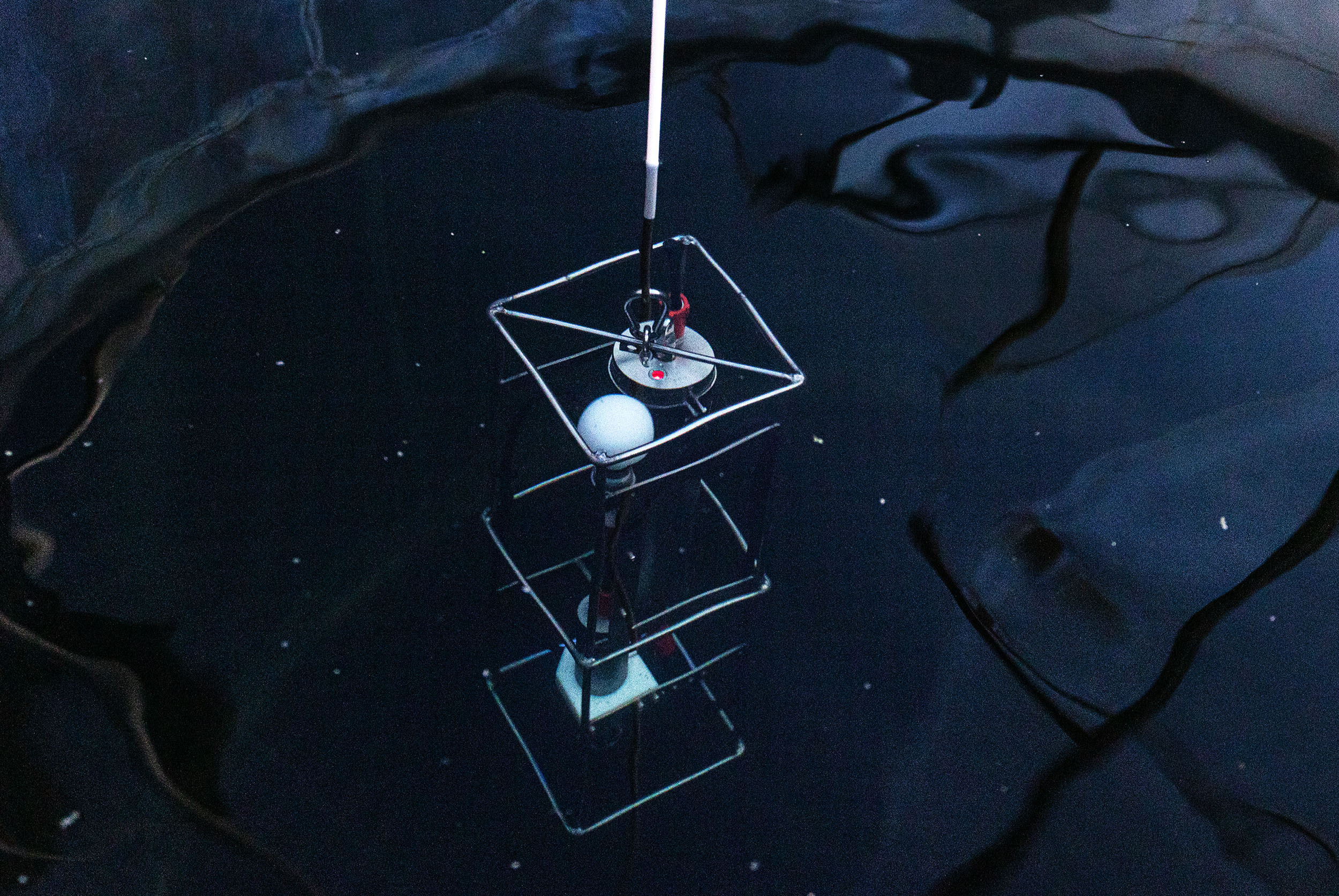Today, the Carbon to Sea Initiative and COVE are pleased to announce the selection of four research projects as part of the 2024 Joint Learning Opportunity. This initiative was designed to support scientists conducting research and companies piloting new technology for emerging ocean-based carbon dioxide removal solutions, while collaborating with ongoing work by Planetary Technologies and Dalhousie University’s Ocean Alk-Align consortium in the Bedford Basin of Halifax, Nova Scotia, Canada.
Following its launch in June 2023, Carbon to Sea awarded research grants that included $11M USD to the Ocean Alk-Align consortium, led by Dr. Katja Fennel of Dalhousie University, and $1M USD to Halifax-based Planetary Technologies. Both teams are exploring the potential of ocean alkalinity enhancement (OAE) to safely and permanently remove large quantities of CO₂ from the atmosphere.
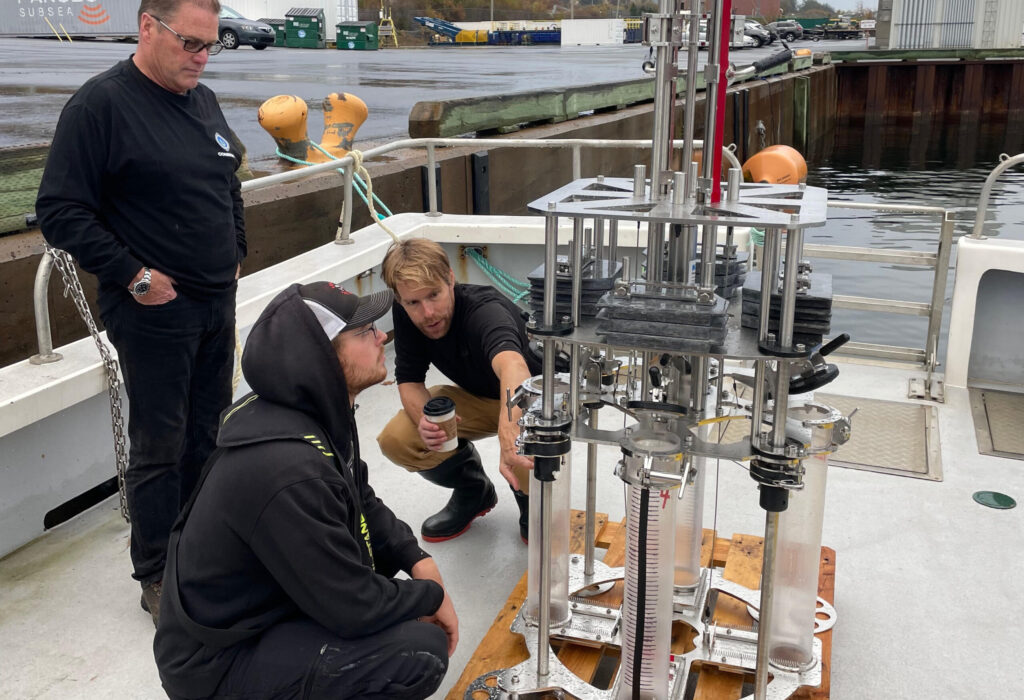
An evaluation committee reviewed many outstanding proposals from researchers and project teams worldwide exploring research areas related to social, scientific, and/or technical questions related to OAE. Following a rigorous selection process, four projects were selected for their strategic fit with our research priorities, the merit of their approach and their potential to maximize the impact of existing research plans.
The leaders of the selected projects for the 2024 Joint Learning Opportunity are:
Dr. Christopher Algar, Dalhousie University Department of Oceanography
Dr. Algar’s research will explore whether the accumulation and dissolution of OAE feedstock on the seafloor affects the natural alkalinity flux from ocean sediments and if this has a broader impact on the benthic ecosystem in Halifax Harbour and Bedford Basin.
Dr. Julie LaRoche, Dalhousie University Department of Biology
Dr. LaRoche’s research will evaluate environmental DNA (eDNA) as a tool for environmental monitoring during OAE trials. Around the world, tools for eDNA are being developed and adopted as a monitoring tool for environmental and global climate change research. This study will assess similar approaches in the emerging field of OAE.
Ulnooweg Development Group
Indigenous groups are on the frontlines of climate impacts, yet are rarely consulted in scientific discussions around potential solutions. To change this trajectory, Ulnooweg Development Group will foster community involvement in learning about OAE projects and shellfish farming enhancements, with a focus on integrating traditional Indigenous knowledge with modern technological approaches.
Sequoia Scientific, Inc
As a leading manufacturer of optical instrumentation for in-situ study of marine and freshwater particles, Sequoia Scientific will test and validate the use of its sensors to measure particles throughout the OAE trial to support the study of dissolution rates and accumulation. While Sequoia has the instruments necessary to study particles in-situ, this will be the first time its sensors are being used in OAE research.
Laura Stieghorst will assist in the successful implementation of these projects, as a Field Research Associate. Laura will be building upon her 2021 XPRIZE Carbon Removal competition-winning proposal that conducted research into the dissolution kinetics and environmental impacts of OAE.
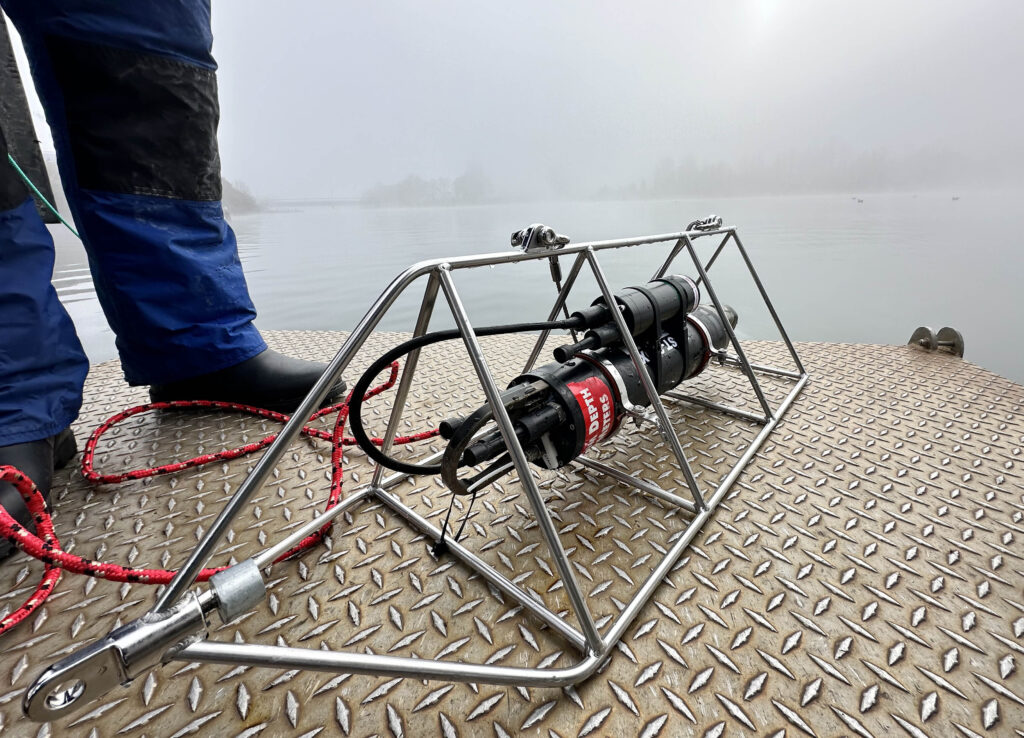
The 2024 Joint Learning Opportunity is an important step in advancing research into ocean-based carbon dioxide removal technologies. By bringing together academia, community focused institutions, and technology innovators, Carbon to Sea and COVE are seeking to advance the evaluation of safe and effective carbon dioxide removal solutions.
Updates will be provided on the Carbon to Sea website.
##
About Carbon to Sea: Home – Carbon to Sea Initiative
About COVE: Home – COVE (coveocean.com)
About Ocean Alk-align: Ocean Alk Align Homepage
About Planetary Technologies: Home – Planetary Technologies
About Ulnooweg Development Group: Ulnooweg Development Group Homepage
About Sequoia Scientific: Sequoia Scientific Homepage
About Laura Stieghorst: Laura Stieghorst’s bio
